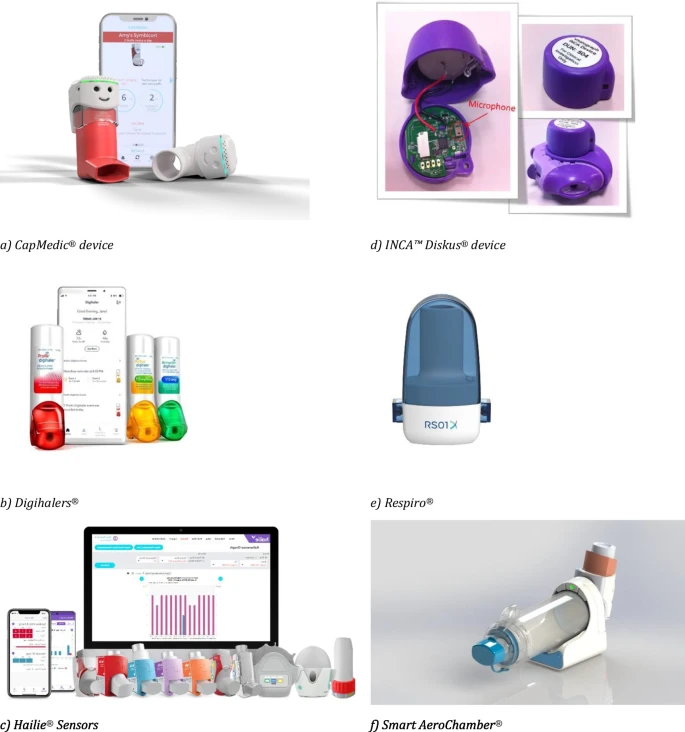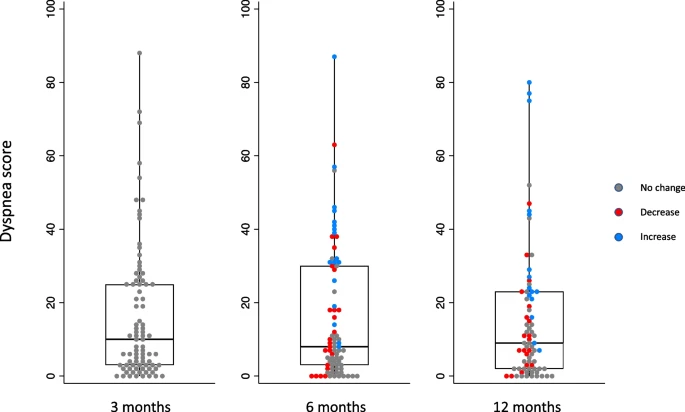Current Treatment Options in Allergy 10, 28–52 (2023)
Abstract
Purpose of Review
Improper inhaling technique is common and is associated with poor patient outcomes. However, digital e-health devices may offer novel opportunities for educational support. This narrative review provides an overview of electronic monitoring devices (EMDs) measuring patient inhalation technique. We summarise their technical features, capabilities and limitations and discuss the steps necessary for implementation in clinical practice.Recent Findings
Six EMDs measuring inhalation were identified. The quality of published evidence varied widely. Devices differed in the inhalation technique steps measured, the feedback provided and the type of sensor employed.






